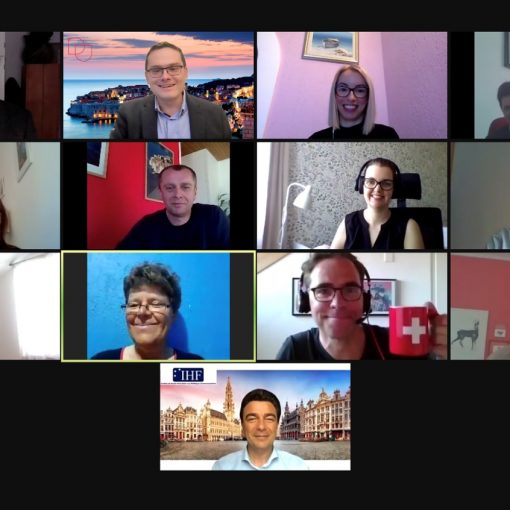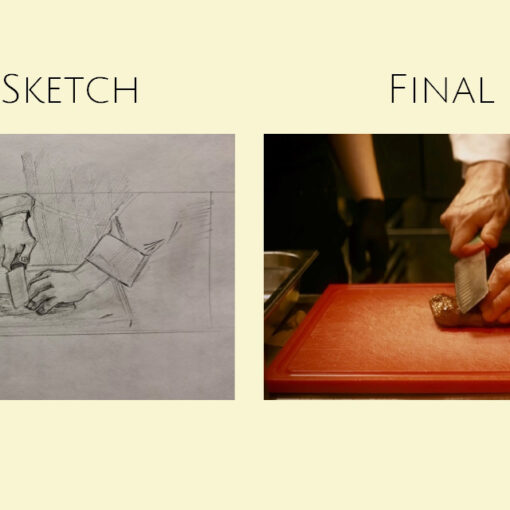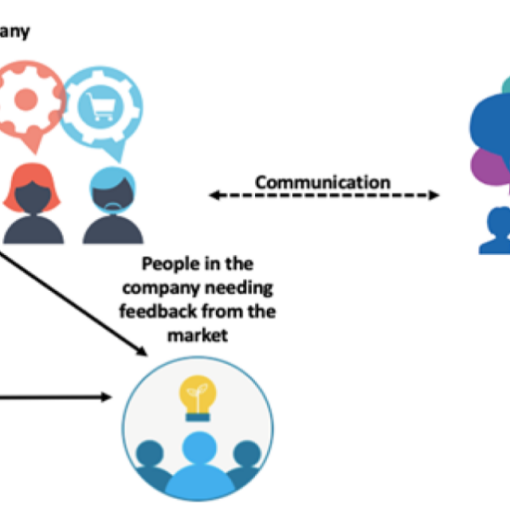The term of case study has multiple meanings to researchers, but also opportunities to create and apply educational case studies are many. I share some observations from the iSEE project (LAB 2022) where we created educational cases about social enterprises.
A higher education student probably hears about case studies in the very early phase of one´s studies. A description and an analysis of a case can offer an in-depth understanding of some real-life phenomena. Stake (1995, xi) defines the case study as the study of the particularity and complexity of a single case, coming to understand its activity within important circumstances. The case study can also cover multiple cases. The unit of analysis can be many things: a group, an enterprise, relationships, a geographical area, etc. (Benbasat et al. 1987). A researcher collects datasets in suitable ways.

Actual stories with a holistic scope
Business students are familiar with studying with the help of cases. The aim of educational cases is to introduce actual stories with a holistic but still limited scope. Educational cases include teaching notes to describe how cases can be used. Often learners can engage in cases by discussing them with a group. Learners can play a role of an analytic decision-maker who uses creativity and negotiation and collaboration skills.
In the process of developing cases, the project team decided that there could be different units of analysis, or units of description. The main purpose was to create educational content, and it was decided that everyone can create teaching cases about social enterprises that they think are useful.
For Latvian partner, cases were introductions to a legal and social system for applying a social enterprise status in Latvia, and students apply these cases acting in a role of knowledge seekers. For Swedish partner, the case was a description of a social enterprise, and its topical problems, and students get the role of creative problem solving.
For Estonian partner, the case was a theoretical introduction to intellectual property rights, and a case social enterprise to show their choices and dilemmas regarding their IPR strategy. And the two company cases that I wrote tell a chronological entrepreneurial journey of a case company as they have told it. The case description entails questions for students’ groups to discuss about the choices and market position of a company, but also an opportunity to create new questions for students to reflect.
Case studies in learning
The approach in cases was different but also the teachers used cases in teaching different ways. In an intensive week in Tartu, we had a chance to test cases in learning sessions. Some of us told the case stories, others let student groups read them through. Each case had tasks for students and all of the cases required different competences: find information, think creatively and reflexively and spot new opportunities, or make decisions. Case studies can serve multiple learning objectives and be applied in countless ways.
Author
Heidi Myyryläinen works as an RDI Specialist in the Business Unit at LAB University of Applied Sciences.

References
Benbasat, I., Goldstein, D. K., & Mead, M. 1987. The case research strategy in studies of information systems. MIS Quarterly, 11.
LAB. 2022. iSEE – Innovating Social Entrepreneurship Education. Project. Cited 21 Oct 2022. Available at https://www.lab.fi/en/project/isee-innovating-social-entrepreneurship-education
Roszie. 2022. Tuolit, ympyrä, istua. Pixabay. Cited 21 Oct 2022. Available at https://pixabay.com/fi/illustrations/tuolin-ympyr%c3%a4-tuolit-ympyr%c3%a4-istua-7476556/
Stake, R. 1995. The art of case study research. Thousand Oaks, CA: Sage Publications, Inc.




